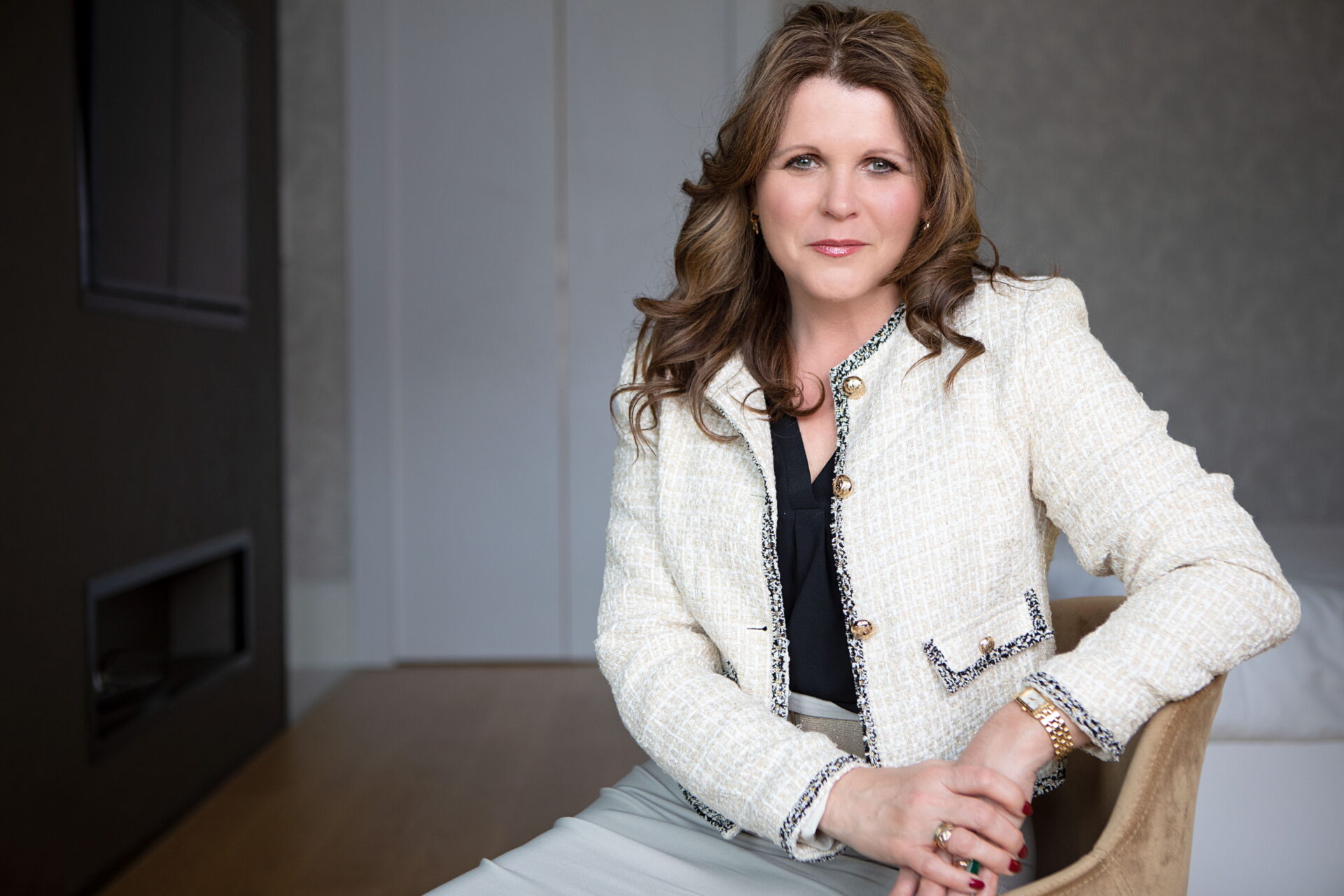According to the latest edition of the annual FTSE Women Leaders Review, just over a third of people (35.3%) in leadership roles at FTSE 350 companies are women. Progress is being made, but it’s still not enough.
While the proportion of women in leadership roles has been steadily rising year on year, a clear imbalance remains. Last year, a report from People Managing People found there are more chief executives named Andrew and Simon (12) than female bosses (10) in the FTSE 100. Despite gradual progress, at the highest level women are still lacking seats at the boardroom table.
Bigger picture
As of 2024, men hold over 85% of Fortune 500 CEO roles and more than 90% of head-of-state positions worldwide. The handful of women who reach these heights are often celebrated for simply being there, regardless of how transformational their leadership is. How can we progress beyond C-suite appointments that feel performative? Across the board, how can leadership better reflect the populations it serves?
Data-led insights highlight this discrepancy in how women leaders are traditionally perceived and how they perform. A 2021 McKinsey report found that companies with more than 30% women in leadership roles are significantly more likely to outperform those with fewer women in key decision-making positions.
Meanwhile, research by the Harvard Business Review shows that women in leadership are often rated higher than men by their peers on competencies like resilience, integrity, empathy, and collaboration – traits arguably that are most critical for leading in today’s volatile world.
Leadership qualities
These findings are not limited to the business sector. In the political sphere, countries led by women during the Covid-19 pandemic, such as New Zealand under Jacinda Ardern and Germany under Angela Merkel, outperformed their peers in terms of lower infection rates and faster economic recovery, according to a study published by the Centre for Economic Policy Research.
Evidently, the chauvinistic values that we have typically attributed to ‘strong’ leaders need to be reevaluated. This is central in a political climate in which figures like Donald Trump, Xi Jinping, Vladimir Putin, Narendra Modi, and others are making decisions that affect billions. We need to interrogate whether these decisions, often framed by models of leadership centred on dominance, competition, and control, should be lauded as the holy grail of authority.
Importantly, studies have shown that men and women bring different strengths to leadership. This is not a case of ‘female CEO good, male CEO bad’. Studies suggest that men often focus more on task orientation, rapid decision-making, and risk-taking, while women are more likely to emphasise collaboration, long-term thinking, and inclusive communication. Neither approach is inherently better, but when leadership is dominated by one style alone, important perspectives and opportunities can be missed. With the modern world’s myriad complex challenges, diversity of thought, perspective and skill set is what truly defines effective leadership in 2025.
Long-term goals
Elevating more women to leadership roles would entail greater emphasis on long-term planning over short-term wins, more collaborative, less hierarchical decision-making structures, higher prioritisation of social infrastructure (such as healthcare, education, and childcare) and a leadership culture that prizes empathy as strength, not weakness.
The world is overdue for a leadership revolution – one where women are not the exception at the table, but equal partners designing the future. At Friisberg & Partners International, we help our clients find the very best leaders – regardless of gender – who can drive real, lasting success.
Diverse leadership teams aren’t just good for business, they are essential for building a better future. By focusing on skills, vision and values, we ensure that organisations are led by those best equipped to meet today’s challenges – and tomorrow’s opportunities.
Lorri Lowe is UK managing partner at Friisberg
















